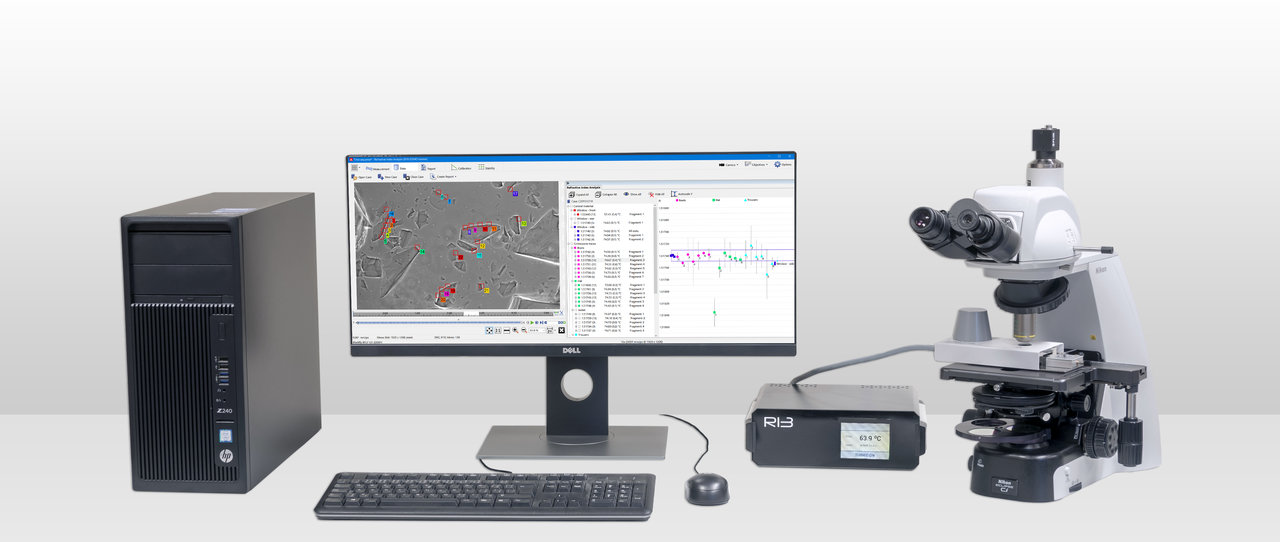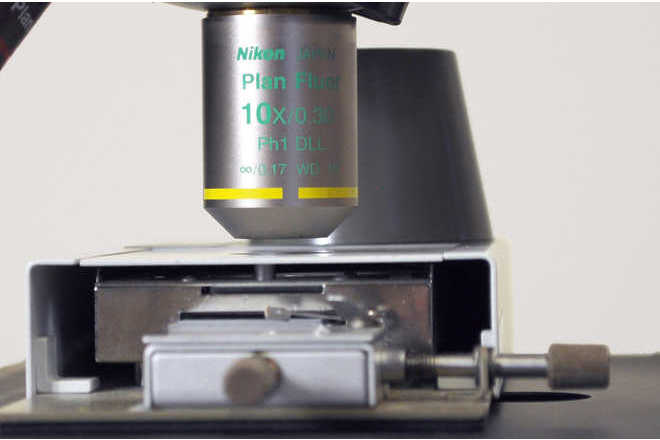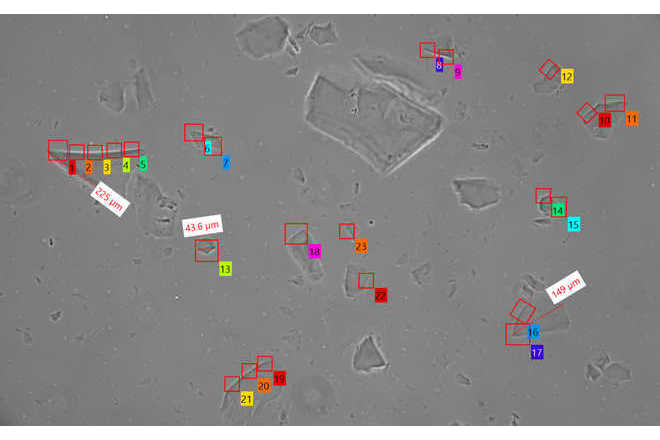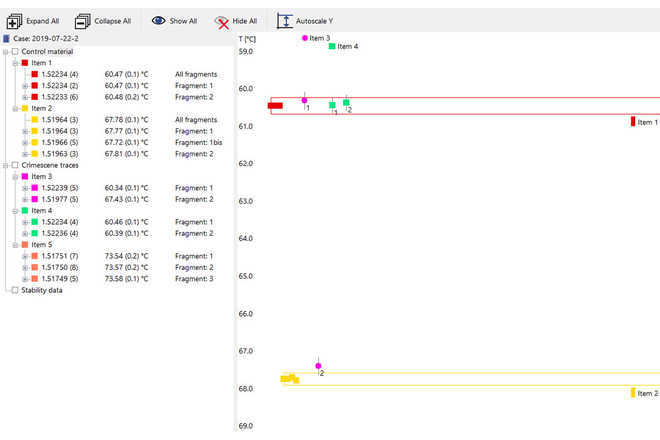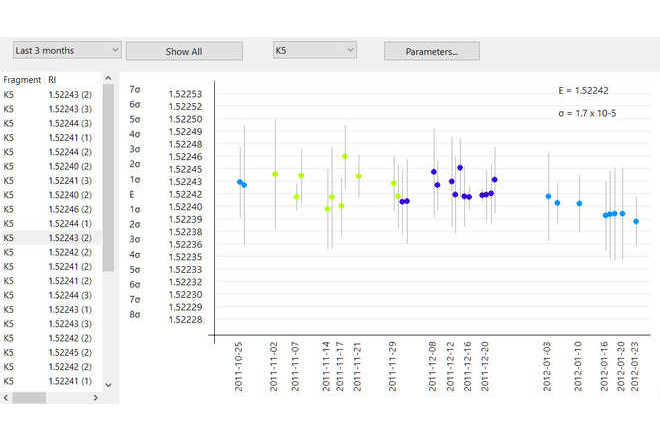LUCIA RI has been designed as a complete solution to forensic analysis of small glass splinters by the immersion method. The system was developed in tight cooperation with forensic specialists on glass analysis to provide precision, reproducibility, and high comfort of work.
-
Fast live image with a large field of view
-
Sufficient objective working distance to simplify replacing of slides
-
Reproducibility of repeated measurements - RI standard deviation under 0.00002
-
Up to 40 resizable measurement probes, dirt removal probes
-
Video recording of the measurement progress
-
Easy image data verification by the minimum, maximum and maximum-difference projections
-
Remote passive connection to a database for networked systems
-
The software which integrates hardware control, RI measurement and a complete set of image analysis tools.
-
User-friendly reporting via customizable templates, Welch’s t-test
-
High quality Nikon Ci-L microscope
-
Nikon long working distance phase contrast objective 10x
-
Modified long working distance condenser for maximum contrast
-
Microscope tilting head for more comfortable work (optional)
-
Relay lens 0.7x for larger field of view (optional)
-
Mettler Toledo hot stage
-
LIM RI3 controller developed specifically for this application
-
Monitoring of environmental conditions
-
64-bit high performance PC with Windows 11
-
29" ultra wide LCD monitor
-
A set of calibration glasses, interference filters with a filter changer, and silicone oil
-
Small glass splinters are immersed in silicone oil and put inside the hot stage and under the microscope. The operator focuses and positions the sample.
-
Then, the Becke line disappearance temperature is detected automatically and a video of the heating and the cooling phase of the experiment is recorded.
-
Up to 40 adjustable probes are placed to the video to specify the area of measurement. From these areas the LUCIA RI software determines the resulting refractive index. Dirt can be excluded by adding dirt-removal probes.
-
Results are saved to a database along with details about the measurement conditions. A chart for visual comparison of the refractive indexes of the entire case is created. A report of the case can be exported directly.
-
Refractive index can be calculated again from the recorded video without repeating the heating/cooling process
-
The system is calibrated via glass standards.
-
The long-term stability of the system can be verified by periodic measurements of a glass standard (e.g. K5).
-
The stability is then visualized in a stability graph plot.
-
The stability data can be exported as a report.
